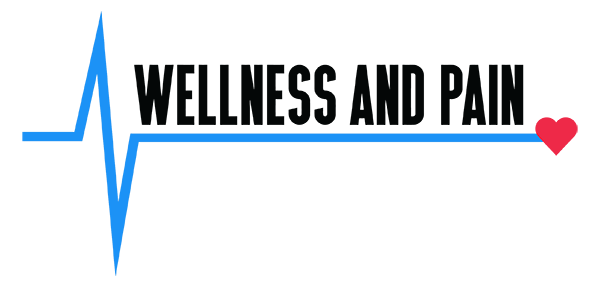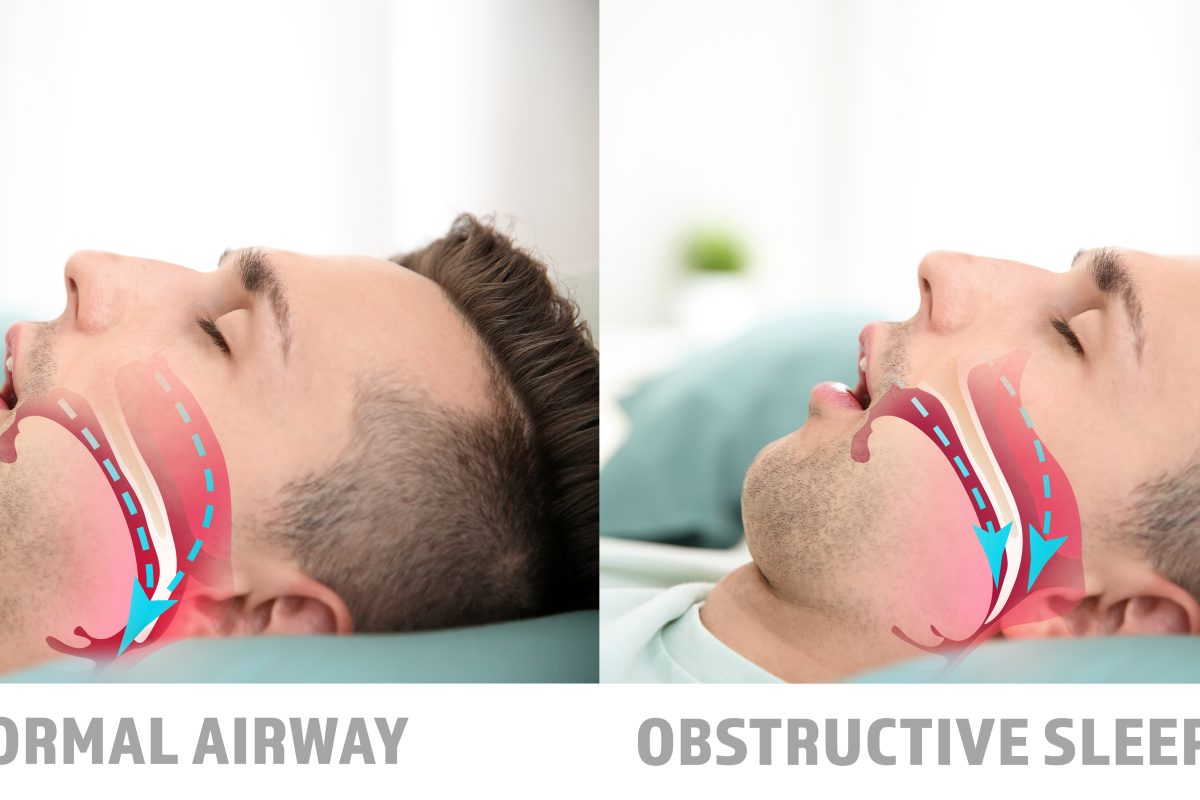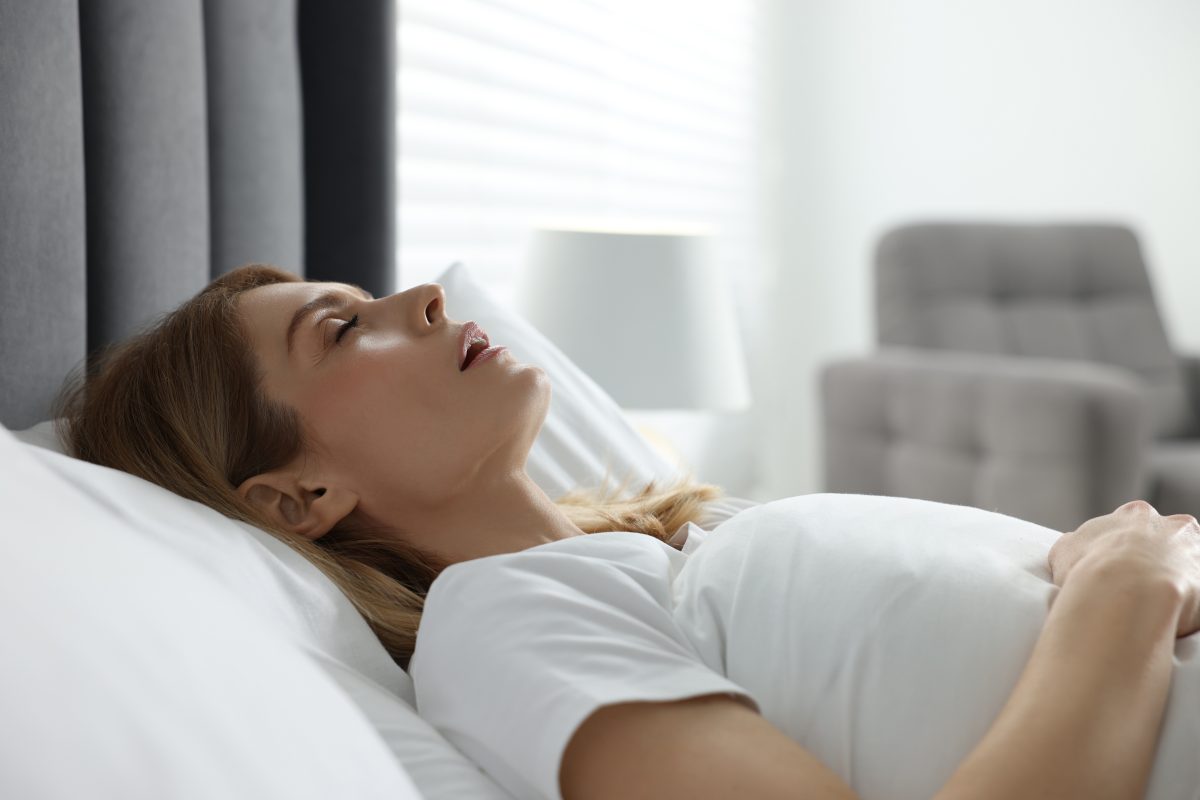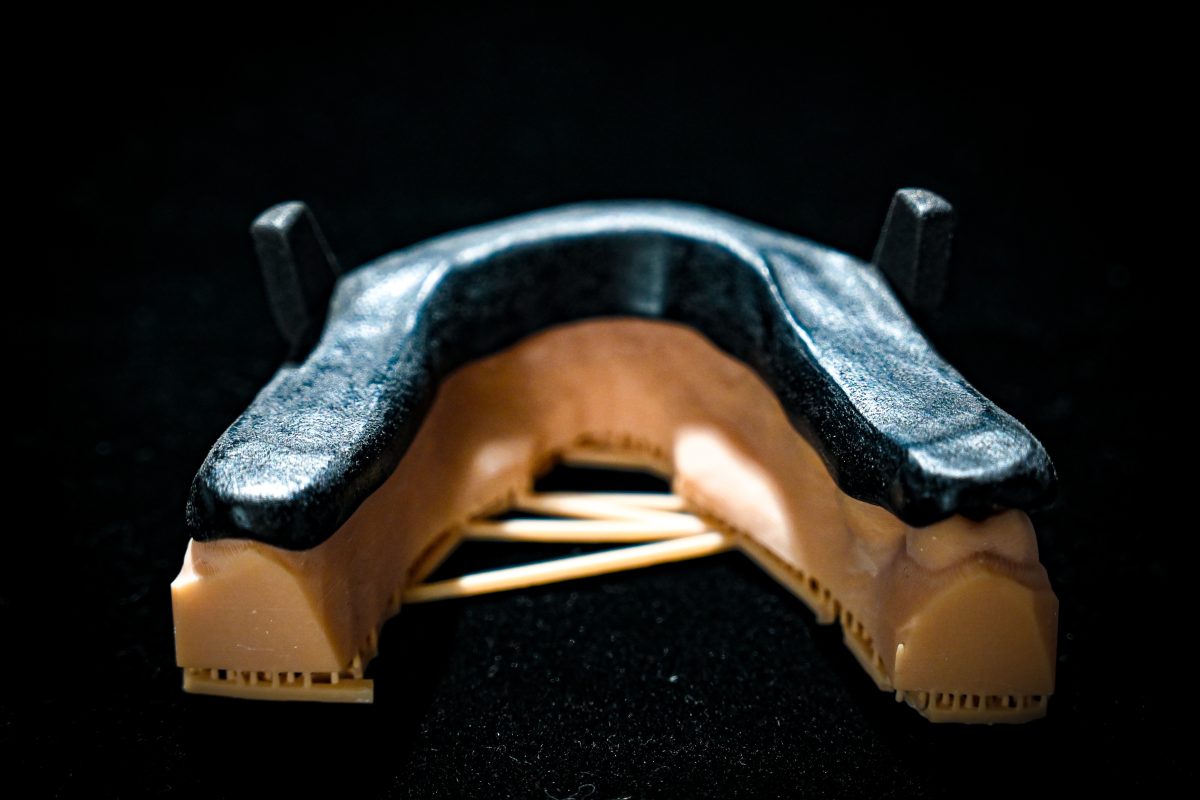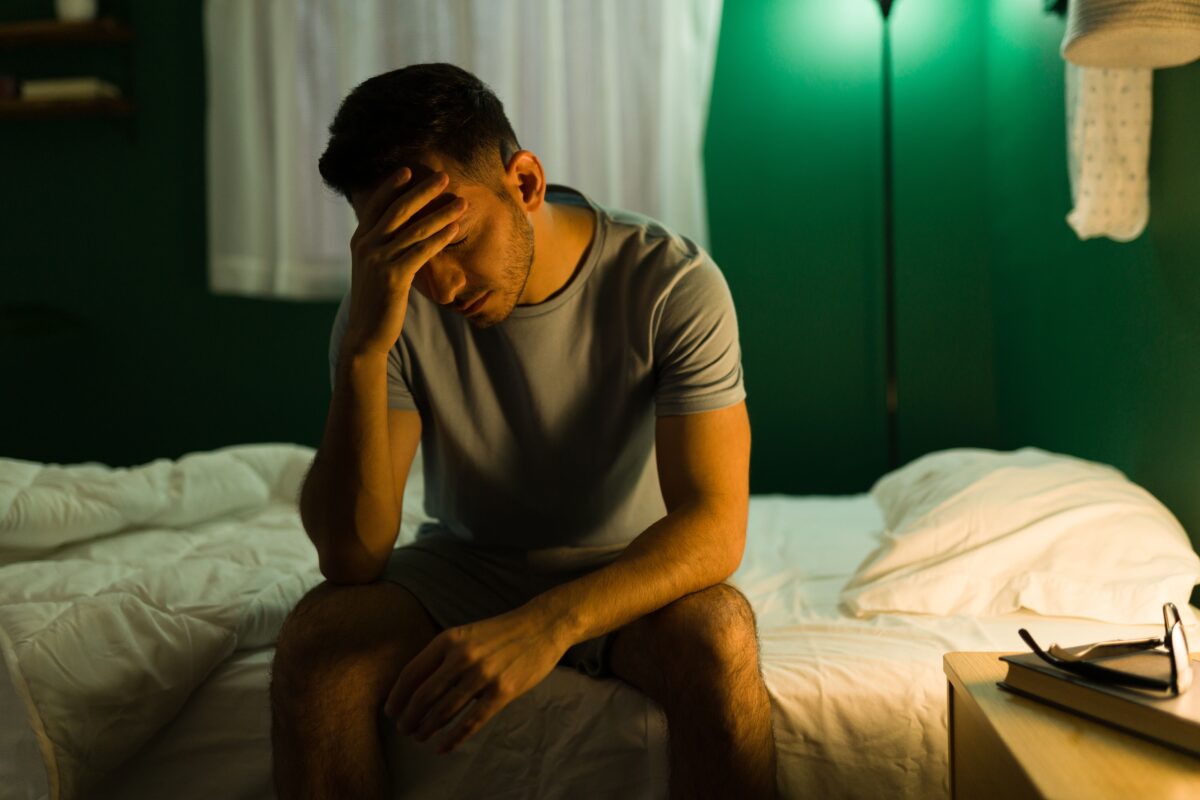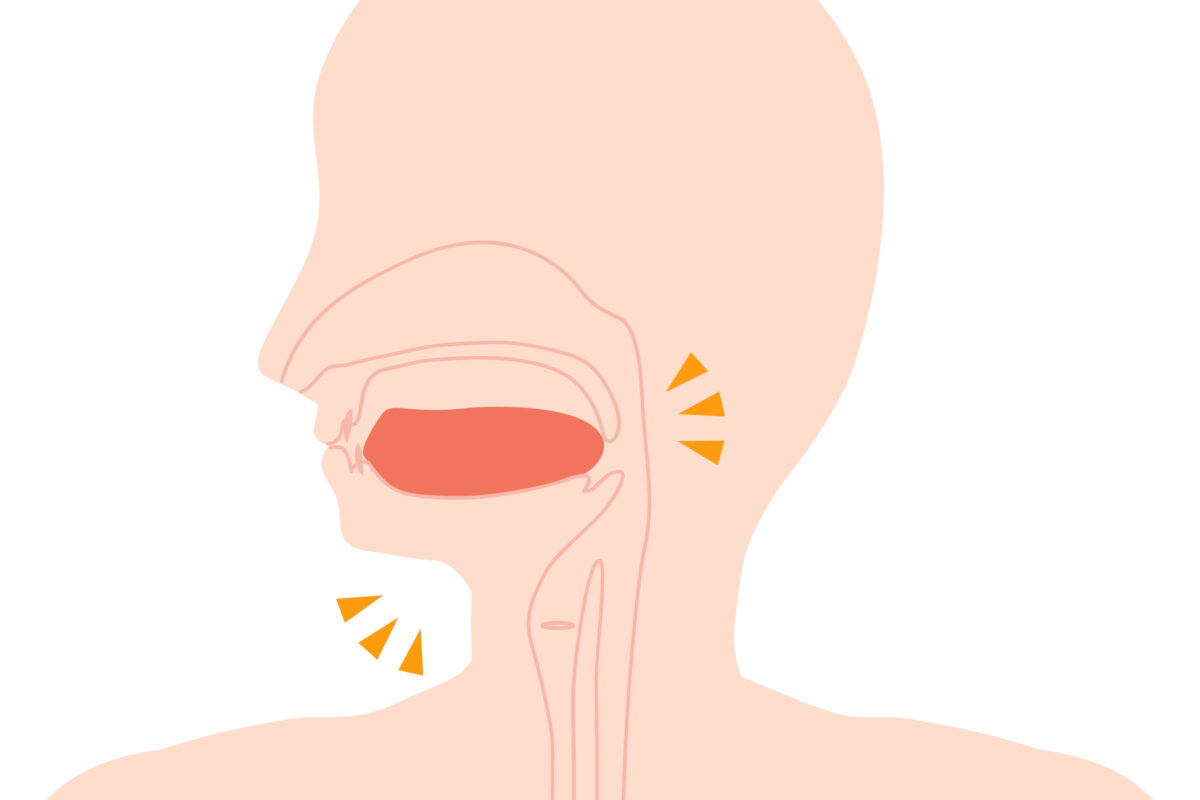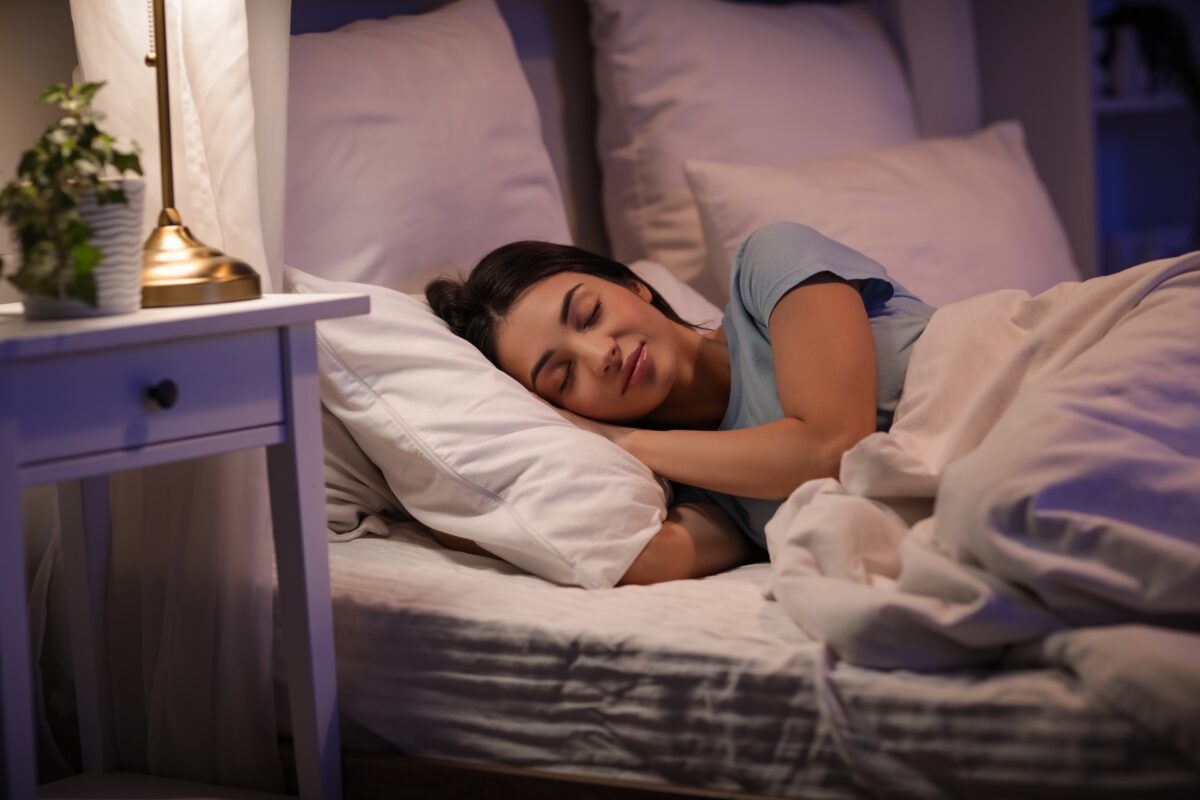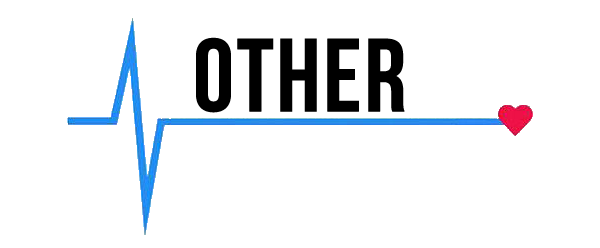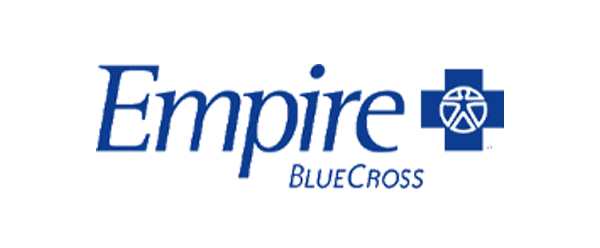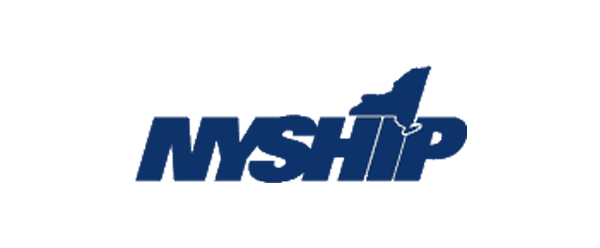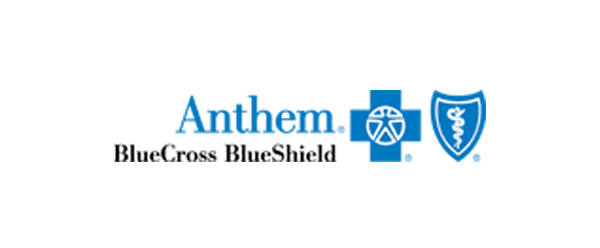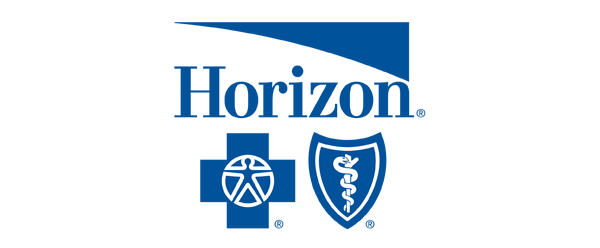Doctors lean on today’s custom sleep apnea device just as much as CPAP machines for Obstructive Sleep Apnea (OSA). Custom oral appliances called Mandibular Advancement Devices are getting more attention now.
Many patients prefer these mouthpieces since they don’t require surgery. Dentists make each device to fit the patient’s mouth, with the device shifting the jaw just enough to keep the airway open at night.
This approach seems especially useful for mild or moderate OSA. People can sleep better without wearing bulky equipment.
“Sleep apnea afflicts more than 936 million people worldwide, almost 10 times as many people as previously estimated,” states Respiratory Therapy. That’s according to a new data analysis presented a few years ago by ResMed at the American Thoracic Society International Conference.
Keeping Airflow Open With a Custom Sleep Apnea Device
A custom sleep apnea device works by keeping your airway open at night. It basically holds your jaw in a forward position, where your tongue and soft tissues can’t fall back as easily.
This action reduces blockages while you sleep. Breathing becomes smoother with less snoring and interrupted sleep, and patients usually notice a big difference right away. Sleep feels more restful and less frustrating.
Here’s why:
- Mandibular Advancement: The device engages both the upper and lower dental arches and positions the lower jaw (mandible) slightly forward.
- Tissue Tension: This anterior (forward) positioning of the jaw applies tension to the soft tissues in the back of the throat and the base of the tongue, physically preventing them from relaxing and collapsing into the airway.
- Airway Stabilization: By stabilizing the airway, the device reduces or eliminates the vibration that causes snoring and prevents the complete or partial closure events (apneas and hypopneas) that define sleep apnea.
While the standard treatment for severe OSA is a CPAP machine, many patients find the mask and tubing uncomfortable. This is where sleep and pain management specialists can create a custom-fitted device called a Mandibular Advancement Device (MAD), partnering with an expert dentist.
This mouthguard is worn at night and works by gently moving the lower jaw forward, keeping the airway open. The goal of the device is to slightly advance the jaw, which opens the airway.
Research confirms it is highly effective for reducing snoring and treating mild to moderate sleep apnea. Although it is not the primary recommendation for severe apnea, it serves as a valuable alternative for patients who cannot tolerate or use a CPAP machine.
“The gold standard for OSA treatment is a continuous positive airway pressure (CPAP) machine to keep the patient’s airway open during sleep,” according to the University of Manitoba. “However, many people can’t tolerate the bedside machine because they find the mask and tubing too uncomfortable. That’s where dentists come in. They can custom-fabricate a mandibular advancement device (MAD) – a kind of mouth guard to be worn at night.”
A Variety of Choices Today
Your typical custom sleep apnea device comes in a handful of basic styles. Each one serves a different purpose based on how they work and fit together.
Your selection depends on what your sleep and pain management doctor, and your dentist, see in your mouth. Severity of sleep apnea and existing dental issues matter a lot, and these experts tailor the device to work best for that specific person.
No one type fits everyone. The rest comes down to what helps someone sleep better without pain or discomfort.
- Fixed versus adjustable (titratable) mouth guard appliances. The most significant distinction among devices is the ability to change the degree of jaw advancement.
- Fixed (non-adjustable) appliances. These hold your jaw in one spot from the start. They’re simple and reliable but don’t offer any wiggle room after that. If the first setting feels off or doesn’t work well, you’re stuck with it. Most custom devices today let you make small changes. Hardware like screws, hinges, or straps let either you or your doctor shift your jaw little by little.
Regarding fixed appliances, their slow adjustment really matters. It makes it possible to find the spot that works best without causing pain. The process might take some time but often leads to better results.
Single-Piece vs. Two-Piece Custom Sleep Apnea Devices
Most of today’s custom sleep apnea device solutions use a two-piece setup. There are separate trays for the top and bottom teeth, joined by a rod, hinge, or flexible connector.
This setup lets people move their jaws almost like normal, with some side-to-side and up-and-down freedom. Many patients say this type is more comfortable.
Monobloc devices show up less often. These combine the top and bottom arches into one solid piece, holding the jaw in place. They last a long time but make it hard to move your jaw at all.
Modern devices often come with features people actually want. Some have small vents at the front, and if you can’t breathe through your nose, maybe from allergies or because it’s just how you’re built, you can still get enough air through your mouth.
Overall, manufacturers now pay more attention to comfort these days, too. They keep the device slim and avoid covering too much palate, so it feels less bulky in your mouth.
More people know about oral appliance therapy these days. Non-prescription devices are easier to find now. People often wonder how custom, doctor-made mouthguards compare to store-bought options. Here’s a quick breakdown on how they differ:
| Feature | Custom (Prescription) Devices | Over-the-Counter (OTC) Devices |
| Fabrication and Fit | Made by a dental lab from a professional impression or digital scan, ensuring a precise fit. | Self-fitted, typically using the “boil-and-bite” method, leading to a much less secure and customized fit. |
| Purpose | Approved by regulatory bodies for the treatment of diagnosed mild-to-moderate OSA and severe snoring. | Marketed solely as anti-snoring aids; not approved for treating diagnosed sleep apnea. |
| Adjustability | Highly adjustable (titratable) in fine, measured increments to achieve the ideal therapeutic position. | Limited or no adjustability; advancement is based on the initial bite, offering only basic positioning. |
| Clinical Oversight | Requires consultation, follow-up, and monitoring by a qualified sleep dentist. | No professional monitoring or clinical guidance provided. |
| Cost | Significant initial investment (often covered by medical insurance/Medicare if medically necessary). | Low upfront cost (usually paid out-of-pocket). |
Patients with diagnosed Obstructive Sleep Apnea need a tailored device, with doctors insisting on FDA-approved custom options fitted by specialists. Store-bought gadgets might quiet basic snoring for a little while. They don’t fit well or allow adjustments from a professional, so they can’t treat true apnea safely.
Stick with what your doctor prescribes for real results.
Real-World Application and Patient Stories
Patients experiment with different custom sleep apnea devices based on their needs. Each person’s situation shapes which device suits them best, as the right choice lets them live more comfortably.
Every appliance carries its own purpose, adapting to how someone works, plays, or gets around. Here are three scenarios to consider:
- A young corporate executive office worker, always on the move. He hates dragging a bulky CPAP machine through airports. The device felt more like a hassle than a solution, so he tried a custom two-piece mouthpiece instead. Once he and his sleep dentist found the right fit, he couldn’t believe the difference. It slid neatly into a small case that tucked into his luggage. No more worries about foreign plugs or finding distilled water late at night. The adjustable design let him talk or sip water without removing it, and traveling no longer disrupted his sleep. You’d never know he had sleep apnea.
- A middle-age woman dreading the thought of her jaw aching from a sleep device. With a history of TMJ and discomfort, she needed something gentle. Her dentist measured carefully, choosing a fixed appliance with soft lining and minimal dental coverage. The design eased the pressure on her back teeth while keeping her jaw stable. She did wake with a bit of stiffness, but it faded quickly. Her snoring dropped overnight, giving her partner real relief for the first time in years. No fiddling, and no risk of over-correcting her bite. Just a simple routine that fits her needs.
- An older man who spent more nights spitting out his boil-and-bite mouthguard than wearing it, wasting his time and money. He drooled, had sore teeth, and got no sleep, proving the over-the-counter fix did nothing. Fortunately, visiting his pain management and sleep specialist, in partnership with his dentist, changed everything. The custom-fitted device stayed put all night, with pressure balanced just right. He woke up less tired. The difference was obvious to his family, too. He stuck with the new mouthpiece every night, and his sleep tracker actually proved it worked.
More often than not, getting the right help makes all the difference in the world.
Pros vs. Cons: A Custom Sleep Apnea Device Comparison
Choosing a custom sleep apnea device means weighing its pros and cons against alternatives like CPAP. Below is a high-level comparison of the upsides and downsides. Pros include:
| Advantages (Pros) | What This Means |
| Superior Compliance | Patient adherence is typically much higher than with CPAP due to the device’s comfort, silence, and ease of use. |
| Portability and Lifestyle | The device is small, requires no electricity, and is easily packed for travel, offering maximum convenience and flexibility. |
| Effective Snoring Elimination | The forward jaw positioning is highly effective at stopping the soft tissue vibrations that cause snoring, benefiting both the patient and their bed partner. |
| Cardiovascular Benefit | Studies suggest that OAT can be as effective as CPAP in reducing blood pressure in patients with comorbid hypertension and OSA, providing critical cardiovascular protection. |
| Non-Invasive and Reversible | OAT offers a therapeutic solution without requiring surgery or the use of forced air pressure. |
Cons, or disadvantages, include:
| Disadvantages (Cons) | What This Means |
| Not a Universal Cure | Oral appliance therapy is primarily recommended for mild to moderate OSA. Patients with severe sleep apnea generally require CPAP or a combination therapy, as Oral Appliance Therapy (OAT) may be insufficient. |
| Dental Pre-Requisites | Successful use requires a stable and healthy oral foundation. Patients must have a certain number of healthy, strong teeth and stable gum health for the device to seat properly and function safely. |
| Initial Side Effects | It is common for patients to experience temporary side effects during the first few weeks, including jaw stiffness, soreness in the jaw joint (TMJ), excessive salivation, or a sensation of the bite feeling “off” in the morning. These effects usually diminish with consistent use. |
| Cost and Insurance | While often covered by medical insurance (not dental), the initial cost of a custom-fabricated and fitted device is substantial compared to a simple, non-prescription mouth guard. |
| Required Follow-up | Consistent, long-term follow-up visits with the sleep dentist are mandatory to monitor for any permanent changes to the bite or tooth position and to ensure the appliance remains optimally adjusted. |
Oral Appliance Therapy (OAT) vs. CPAP Machines
This last custom sleep apnea device table compares two main non-surgical OSA treatments from a user’s point of view:
| Functionality and Comfort | Oral Appliance Therapy (OAT) | CPAP Therapy |
| Portability | High; small, requires a pocket-sized case only. | Low; requires a machine, tubing, mask, and power source. |
| Noise Level | Silent; no mechanical or air noise. | Produces mechanical and potential air leak noise. |
| Maintenance | Minimal; daily cleaning of the device only. | High; daily cleaning of mask/tubing, regular filter changes, water replacement. |
| Adherence Rate | Typically very high (often over 80%) due to comfort. | Often lower due to discomfort (mask issues, air pressure). |
Frequently Asked Questions (FAQs)
- Who is the ideal candidate for a custom oral appliance? The ideal candidates are generally adults diagnosed with mild to moderate Obstructive Sleep Apnea (OSA), or those with severe OSA who cannot tolerate or fail to adhere to CPAP therapy. Good candidates must also have a healthy number of strong teeth and stable dental health to anchor the device.
- How long does the adjustment period for a new device last? Most patients require a short adjustment period, typically lasting from a few days up to two weeks. During this time, temporary symptoms like slight tooth pressure, minor jaw stiffness upon waking, or increased salivation are common but usually resolve as the mouth muscles and joints adapt.
- Is the cost of a custom oral appliance covered by insurance? In many cases, yes. Since OSA is a medical condition, the cost of custom-fitted, FDA-approved appliances is often covered by medical insurance (not dental insurance) or Medicare, provided the patient has a confirmed sleep apnea diagnosis and the device is deemed medically necessary. Patients should always confirm coverage and seek pre-authorization.
- Can I use an oral appliance if I have dentures or extensive dental work? It depends on the specific circumstances. Full dentures generally prevent the use of Mandibular Advancement Devices (MADs) as they require strong natural teeth for retention. However, a Tongue Retaining Device (TRD), which holds the tongue forward using suction, may be an alternative. Patients with crowns or implants must consult their sleep dentist to ensure the appliance will not compromise their dental work.
Changing the Way Patients Manage Sleep
Custom sleep apnea devices have changed how many people manage sleep problems. Many patients find them much easier to use than older treatments. Simple to pack for travel, these devices fit right into daily routines.
People often stick with them longer because they feel more natural. Studies keep showing benefits that stretch beyond better sleep — some people even notice lower blood pressure over time. Health providers trust these results.
Looking beyond, many studies on moderate-to-severe Obstructive Sleep Apnea have found that combining a Mandibular Advancement Device (MAD) with supplemental oxygen significantly boosts treatment efficacy. OSA is a disorder where the airway collapses during sleep, causing breathing to stop and oxygen levels to drop. The MAD, which is a custom dental appliance, works to fix the physical problem by gently moving the lower jaw and tongue forward to keep the airway open.
The addition of supplemental oxygen then addresses the consequence of the disorder by ensuring the body has higher oxygen levels, even if partial airway collapses occur. By treating both the airway blockage and the resulting low oxygen, this dual approach provides a 14 percent greater reduction in sleep apnea severity compared to using the MAD alone, one study found.
“Combining supplemental oxygen with mandibular advancement device (MAD) therapy significantly reduced obstructive sleep apnea (OSA) severity compared with sham treatment and offered a 14% greater improvement than MAD alone in patients with moderate-to-severe OSA,” states a report in Medscape.
That’s why these appliances stand out as a top alternative to CPAP machines, especially for mild-to-moderate sleep apnea. Choosing the right provider matters, and getting one made by a trained sleep dentist makes a huge difference.
A proper fit and regular check-ins keep things safe and effective. This isn’t something to play around with — it really changes lives.
Wellness and Pain
Find your custom sleep apnea device by visiting Wellness and Pain. We offer conservative treatments, routine visits, and minimally invasive quick-recovery procedures. We can keep you free of problems by providing lifestyle education and home care advice.
This enables you to avoid and manage issues, quickly relieving your inhibiting lifestyle conditions when complications arise. We personalize patient care plans based on each patient’s condition and unique circumstances. Wellness and Pain can help improve wellness, increase mobility, relieve pain, and enhance your mental space and overall health.
